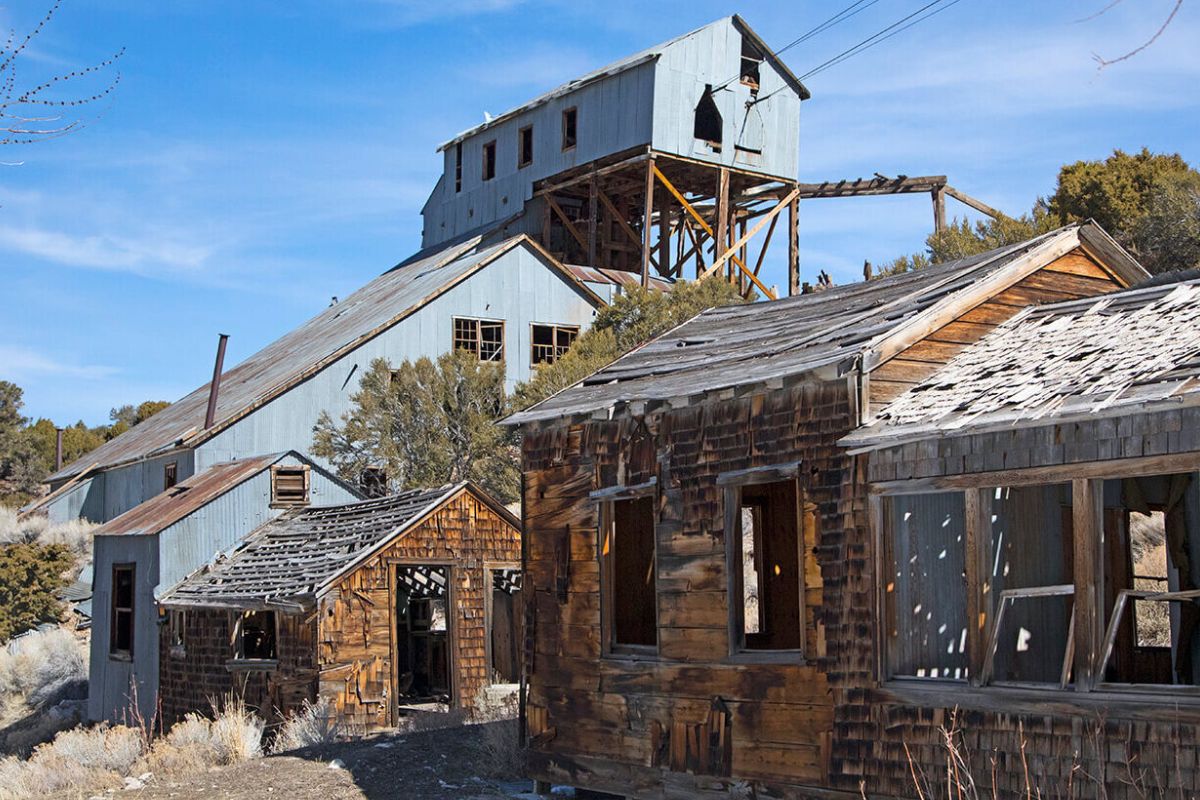Shadows Of The Sawmills: Ghost Lumber Towns Of The Pacific Northwest

Ever wondered what happens to towns when the sawmills close? The Pacific Northwest is dotted with ghost lumber towns, once bustling with life and industry. These towns thrived during the logging boom, but as the timber industry declined, many were abandoned. Today, they stand as eerie reminders of a bygone era. Exploring these ghost towns offers a unique glimpse into the past, where you can wander through old buildings, see rusting machinery, and imagine the lives of the people who once called these places home. Ready to step back in time and uncover the secrets of these forgotten towns? Let's go!
Shadows of the Sawmills: Ghost Lumber Towns of the Pacific Northwest
The Pacific Northwest, known for its lush forests and rugged coastlines, once thrived with bustling lumber towns. These towns, built around sawmills, were the heartbeat of the timber industry. As the demand for lumber dwindled, many of these towns faded into obscurity. Today, they stand as ghostly reminders of a bygone era.
Forgotten Lumber Towns
These ghost towns, once vibrant with life, now echo with the whispers of history. Each has its own unique story, waiting to be uncovered.
1. Bordeaux, Washington
Bordeaux was a thriving lumber town in the early 1900s. The Bordeaux brothers established a sawmill here, which became the town's lifeline. At its peak, Bordeaux had a school, post office, and several homes. The mill closed in 1941, and the town was abandoned. Today, remnants of the mill and a few structures can still be found, hidden among the trees.
2. Wheeler, Oregon
Wheeler, located along the Nehalem River, was once a bustling lumber town. The Wheeler Lumber Company operated here, providing jobs and prosperity. However, as the timber industry declined, so did Wheeler. The sawmill closed in the 1950s, and the town's population dwindled. Now, Wheeler is a quiet place with a few remaining buildings, offering a glimpse into its past.
3. Valsetz, Oregon
Valsetz was a company town, built by the Cobbs & Mitchell Lumber Company. It had everything a community needed: homes, a school, a store, and even a movie theater. The town thrived until the 1980s when the mill shut down. Valsetz was dismantled, and its residents relocated. All that remains are memories and a few scattered foundations.
4. Holden, Washington
Holden, nestled in the Cascade Mountains, was a mining and lumber town. The Howe Sound Mining Company operated here, extracting copper and timber. The town had a school, hospital, and several homes. When the mine closed in 1957, Holden was abandoned. Today, it serves as a retreat center, preserving its historical buildings and stories.
5. Govan, Washington
Govan, once a small but lively lumber town, now stands eerily silent. The town had a school, post office, and several homes. The decline of the timber industry led to its abandonment. Visitors can still see the old schoolhouse and a few other structures, standing as silent witnesses to Govan's past.
6. Orting, Washington
Orting, located in the shadow of Mount Rainier, was a thriving lumber town. The town had several sawmills, providing jobs and growth. As the timber industry waned, Orting's population decreased. Today, it is a quiet town with a few remaining historical buildings, reminding visitors of its lumber past.
7. Lester, Washington
Lester, once a bustling railroad and lumber town, now lies abandoned. The town had a school, post office, and several homes. The decline of the timber industry and the rerouting of the railroad led to its demise. Today, only a few structures remain, hidden among the trees, telling the story of Lester's past.
8. Melmont, Washington
Melmont, located along the Carbon River, was a coal mining and lumber town. The town had a school, hotel, and several homes. The decline of the coal and timber industries led to its abandonment. Today, visitors can explore the remnants of Melmont, including the old schoolhouse and bridge.
9. Monte Cristo, Washington
Monte Cristo, nestled in the Cascade Mountains, was a mining and lumber town. The town had a school, hotel, and several homes. The decline of the mining and timber industries led to its abandonment. Today, Monte Cristo is a popular hiking destination, with remnants of its past still visible.
10. Nighthawk, Washington
Nighthawk, located near the Canadian border, was a mining and lumber town. The town had a school, hotel, and several homes. The decline of the mining and timber industries led to its abandonment. Today, Nighthawk is a ghost town, with a few remaining structures standing as a testament to its past.
Echoes of the Past
Ghost lumber towns of the Pacific Northwest offer a unique glimpse into history. These once-bustling communities now stand as silent reminders of a bygone era. Exploring places like Monte Cristo, Bordeaux, and Govan reveals stories of ambition, hard work, and eventual decline. Each town has its own tale, from the rise of the timber industry to the challenges that led to their abandonment.
Visiting these towns can be a haunting yet fascinating experience. The decaying buildings, overgrown streets, and remnants of daily life create a powerful connection to the past. It's a chance to reflect on how industries shape communities and the impermanence of human endeavors.
Whether you're a history buff, an adventurer, or someone seeking a deeper understanding of the region, these ghost towns offer valuable insights. They remind us of the resilience and fragility of human settlements.

